When managing semi-trailers equipped with wastewater tanks, understanding the correct and efficient methods for emptying these tanks is crucial for both operational efficiency and environmental compliance. This article provides a comprehensive guide that not only outlines how to empty wastewater tanks but also examines associated considerations, common pitfalls, and best practices.
Understanding the Wastewater Tank System
A wastewater tank in a semi-trailer collects liquid waste generated during transportation. Common applications include mobile homes, construction sites, and marine applications where sanitation facilities may not be immediately available. Before discussing how to empty these tanks, let’s delve into the components of the system:
| Component | Function |
|---|---|
| Wastewater Tank | Stores liquid waste until disposal. |
| Pump | Moves wastewater out of the tank. |
| Valves | Control flow in and out of the tank. |
| Hoses | Transport wastewater from tank to disposal site. |
Importance of Regular Maintenance
Regular maintenance of wastewater tanks is essential for their longevity and functionality. Neglect can lead to clogs, odors, and overflow risks. Users should schedule routine checks to ensure a smooth operation.
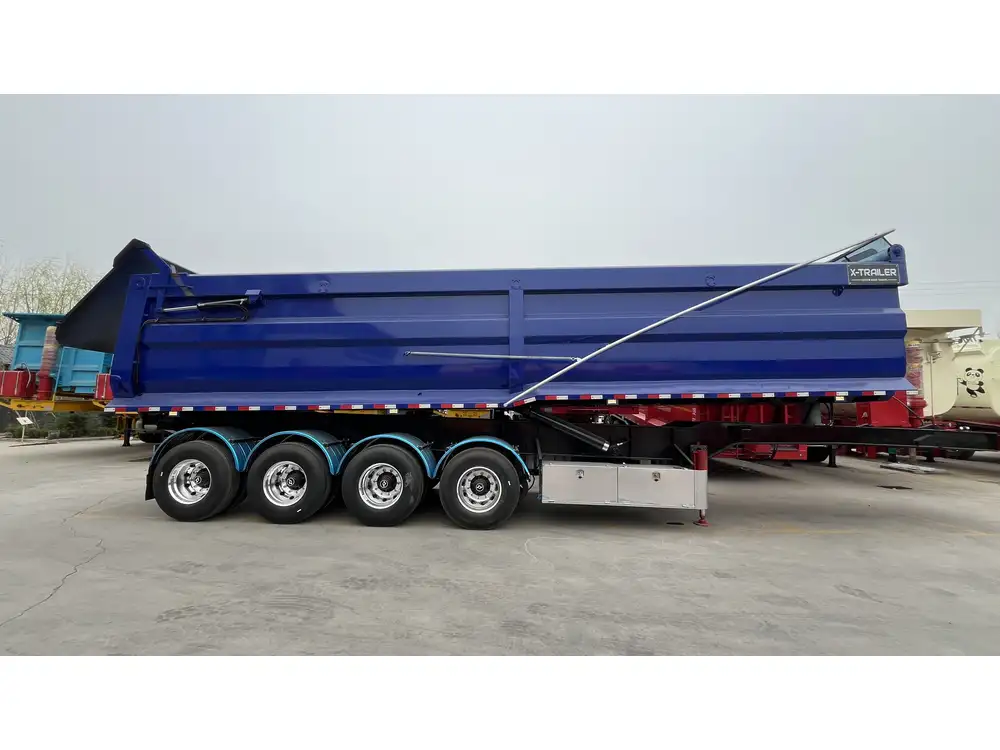
Step-by-Step Guide to Emptying a Wastewater Tank
Effectively emptying a wastewater tank involves several critical steps. Here’s a structured, easy-to-follow process:
1. Gather Necessary Equipment
Before attempting to empty the tank, make sure you have the following:
- Drainage Hose: A high-grade, flexible hose that is chemically resistant.
- Pump (electric or manual): Depending on tank size and location, select an appropriate pump.
- Protective Gear: Gloves, goggles, and face masks to ensure safety.
2. Prepare the Drainage Site
Select a wastewater disposal site approved for your specific waste type. Avoid areas that can cause environmental harm, and always adhere to local regulations regarding wastewater disposal. Create a designated space for drainage to minimize spillage and contamination risks.
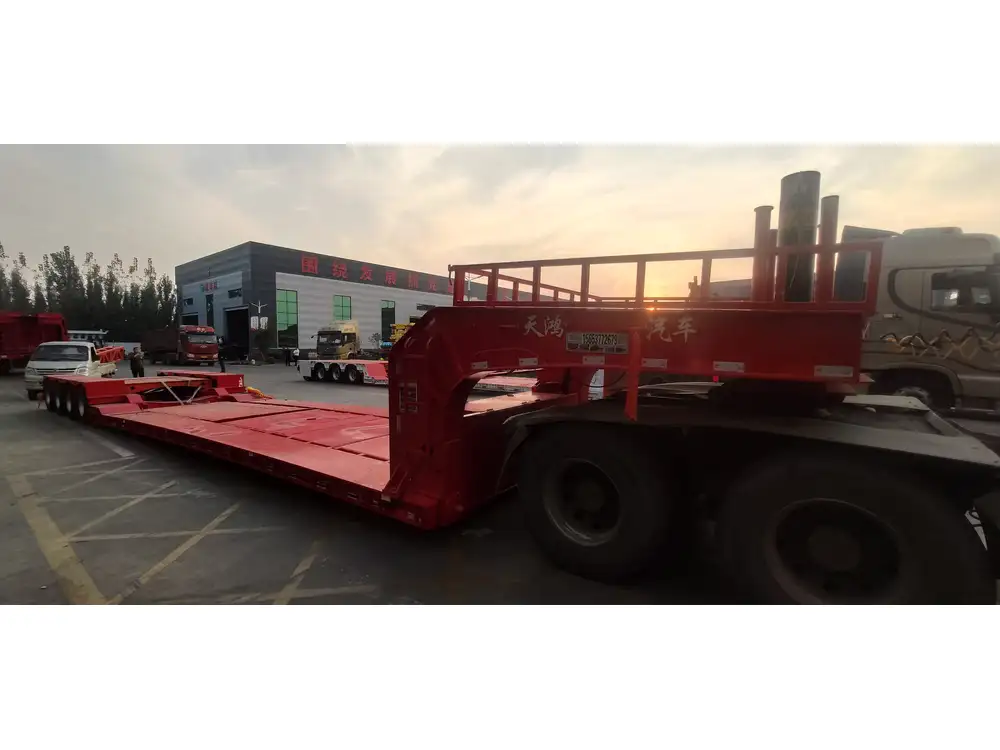
3. Connect the Pump and Hose
- Secure Connection: Connect one end of the drainage hose to the pump and the other end to the wastewater collection point.
- Tighten Connections: Ensure all fittings and hoses are secure to prevent leaks during pumping.
4. Open Valves
- Check Valves: Before starting the pumping process, ensure all inlet and outlet valves are properly functioning.
- Open Outlet Valve: This allows the wastewater to flow out of the tank into the drainage hose.
5. Activate the Pump
- Pump Functionality: Turn the pump on, allowing it to create suction and begin transferring wastewater.
- Monitor the Process: Keep an eye on the fluid levels, ensuring that the tank is emptying properly without blockages.
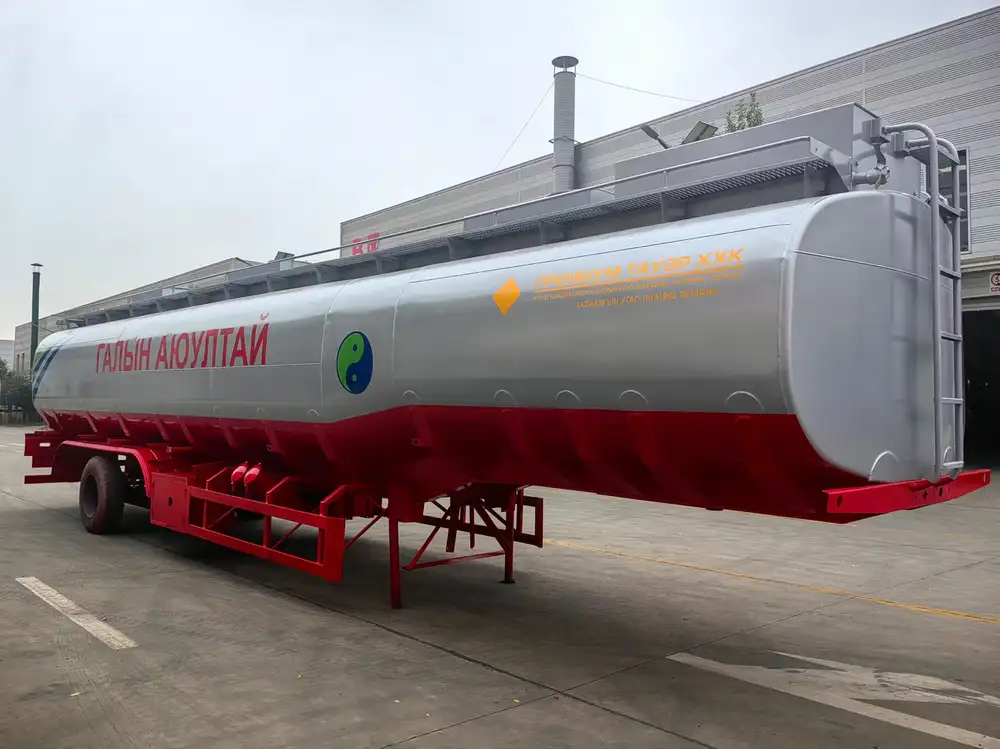
6. Empty the System
Once the tank is empty, deactivate the pump and allow any remaining fluid to drain completely. Properly clean hoses and equipment to prevent contamination of future loads.
7. Final Checks
- Inspect Connections: After emptying, ensure that all valves and hoses are connected securely.
- Verify Tank Condition: Check the tank for any structural damages or clogs that may need attention.
8. Document the Process
Maintain accurate records of when and how often tanks are emptied, including any observations made during the process. This can greatly assist in future maintenance scheduling.
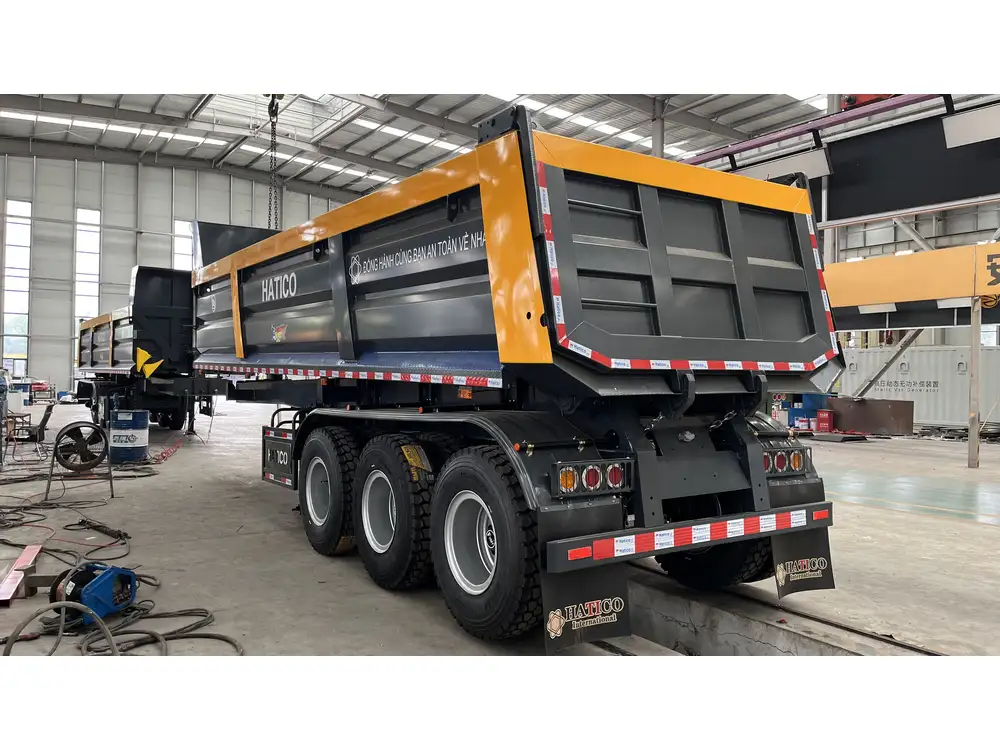
Best Practices for Wastewater Management
Efficiently managing wastewater not only improves operational efficiency but also ensures environmental protection. Consider implementing the following best practices:
Compliance with Local Regulations
Always check local regulations concerning wastewater disposal. This can vary, and failing to comply may result in penalties.
Regular Tank Maintenance
- Inspection: Regularly inspect tanks for wear and tear.
- Cleaning: Before a new cycle begins, clean the tank thoroughly to prevent contamination.
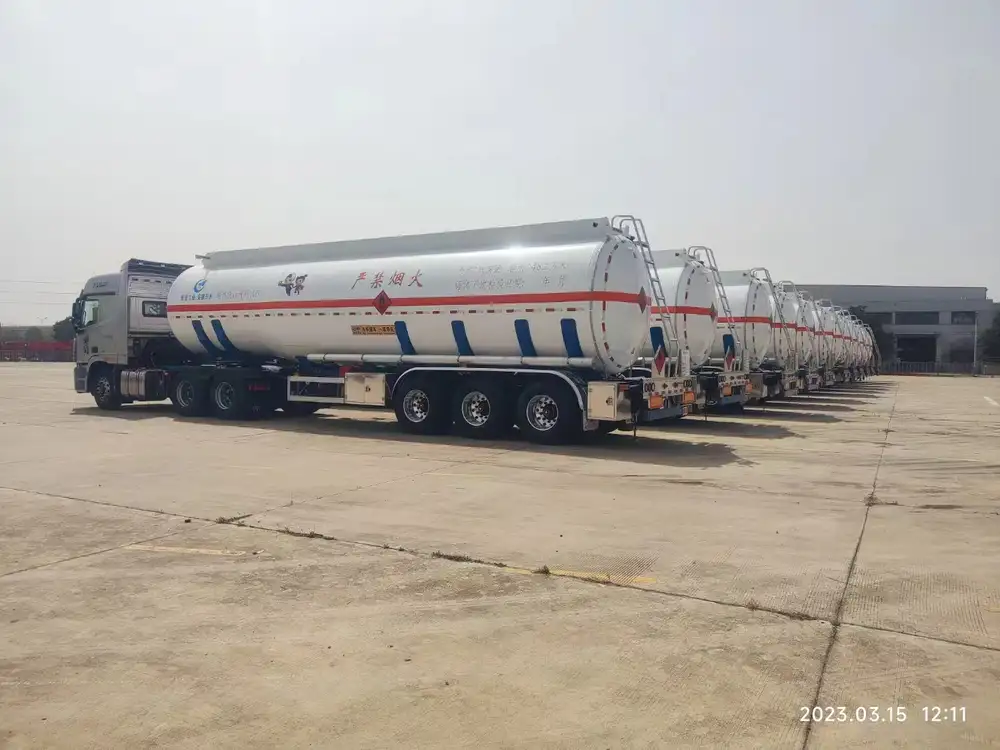
Employee Training
Ensure that all personnel involved in the operation of wastewater tanks are adequately trained. Understanding the equipment and processes can significantly reduce risks and improve efficiency.
Utilize Technology
Modern advances allow for better monitoring and management of waste systems. Consider investing in digital solutions that provide real-time analytics on tank levels and pump status.
Common Pitfalls to Avoid
Even experienced operators can encounter difficulties when managing wastewater tanks. Here are several common pitfalls to avoid:
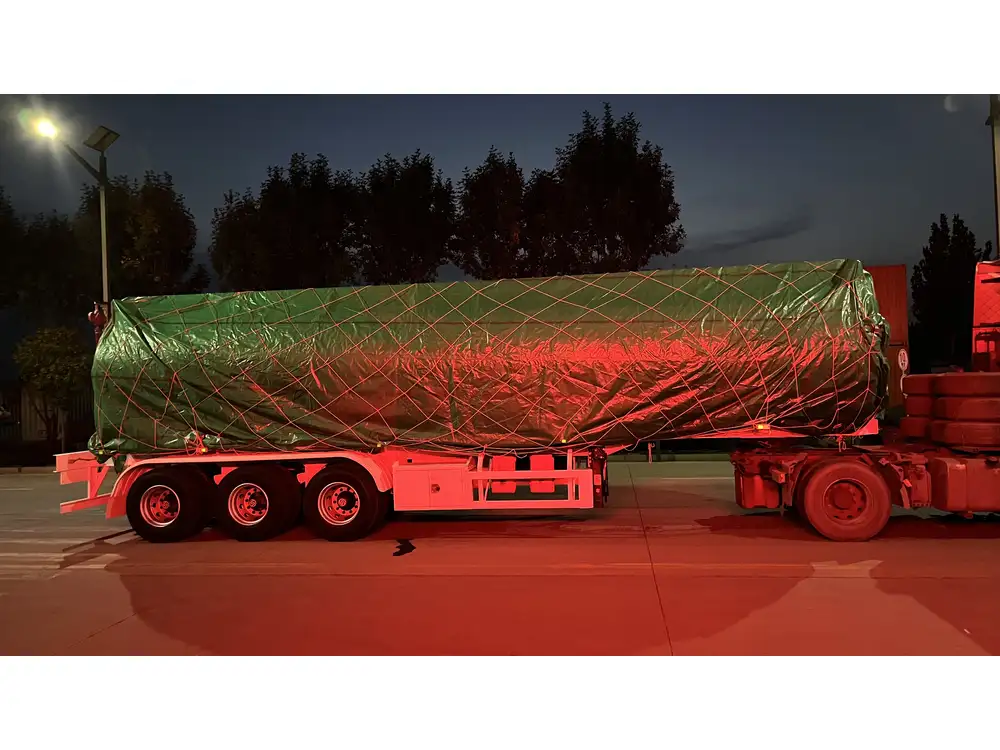
Ignorance of Regulations
Failing to stay informed about local disposal regulations can lead to unexpected fines. Continuous education on compliance is a must for anyone in the industry.
Overloading the Tank
Exceeding the tank’s capacity increases the risk of leaks or ruptures. Always be cautious of load limits specified by the manufacturer.
Neglecting Safety Procedures
Safety measures are not just recommended; they’re essential. Ensure all safety protocols are followed meticulously.

Delaying Maintenance
Ignoring systems for too long can lead to bigger problems down the line. Proactive scheduling of maintenance checks is far more cost-effective than reactive repairs.
Conclusion
Efficiently emptying a wastewater tank on a semi-trailer is a multifaceted process that demands attention to detail, adherence to regulations, and robust maintenance practices. By following the outlined steps and considerations, operators can not only ensure effective waste management but also contribute to a more sustainable and compliant operational environment. In a landscape where regulations constantly evolve and environmental consciousness rises, each measure taken leads to a more conscientious, compliant, and ultimately successful operation of any wastewater management system.
Equipped with knowledge and best practices, we empower our users to refine their processes and enhance the safety and effectiveness of wastewater management in the transportation industry. Whether for a construction site or for mobile sanitation, understanding how to adeptly manage wastewater tanks is crucial. It’s not just about efficiency; it’s about sustainability and responsibility. Engage with our comprehensive content, and make informed decisions that resonate with environmental stewardship and operational excellence.



